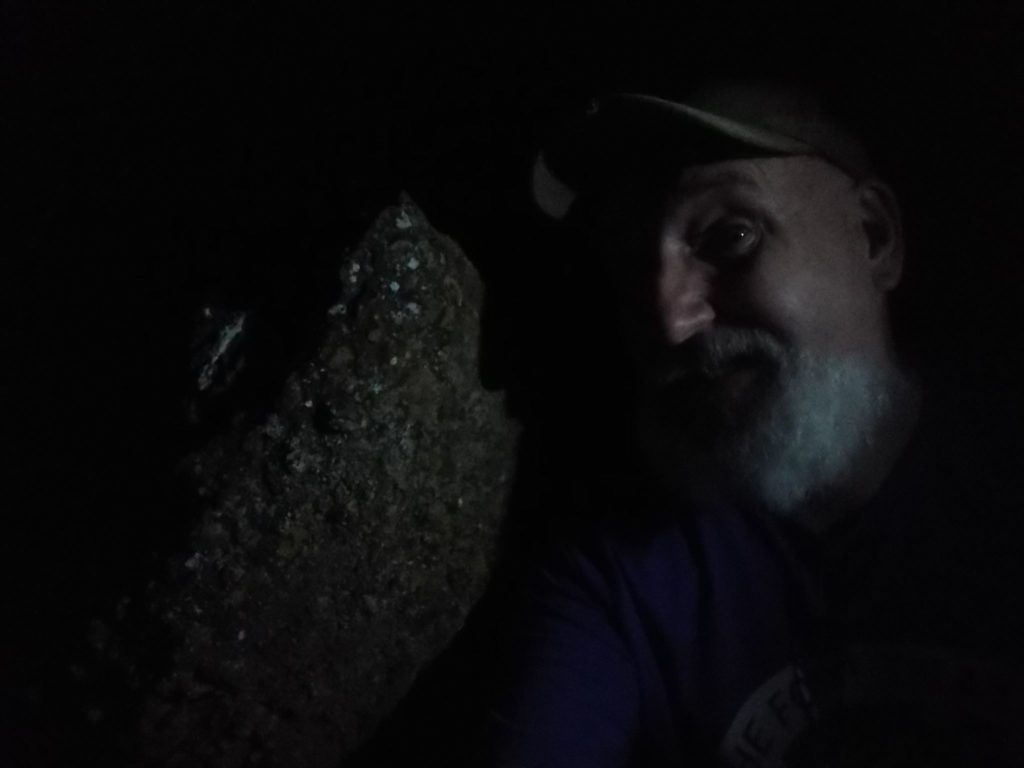{FTF} at 1.55am.
Full log to follow shortly.
344 miles & safely home at 3am.
Long ol’ day!Update now I’m awake.
I spotted this cache while on a little down-time in south Wales, where I’d gone to help my editor move out of his office. I was considering my caching options (this was before I realised it’d be 11pm before I went, not 5pm) when I spotted this outside Oxford. Well, my route would take me from Swindon to Aylesbury via the area, so it was perfect. I then spotted the lack of logs, and the published date and the dye was cast!Spool forward, past overpriced petrol and a total lack of food since 8am bar a discounted Service Station ToffeeCrisp, and I pull up at the southern car parking spot. I leave the car somewhat nervously (partly because if security pop by, I’ve got a hell of a story about what it’s full to the gunnels with. Full to the point I had to open the sunroof blind to get the final box in!) at 1.35am and had done the necessary (while filming some non-spoiler time-lapse footage for a future GIFF movie project) 20 mins later. I’d walked the full circuit to odd noises coming from the pond and waypointed the outlier to give me a reference. 44m, if you’re wondering, at a bearing of none-of-your-business degrees.
After collecting my camera up I remembered to also mark the notice board on my phone (important!) to give me my clock-face orientation, as I couldn’t easily see it in relation to the outlier in the dark. A few stars out, but they didn’t help much.
On the drive home I saw 5 foxes, including a rare pair sighting. I also had a deer with small antlers run in front of the car (not across the road, along it, zig-zagging) for ages on a very minor road with ample exits it could have taken but chose not to. Eventually I lowered a window and shouted, “Oi, Bambi. I shot your mum!” and that seemed to do it. It vanished into the bushes as I got along side of him.
Anyway, an atmospheric time of ‘day’ to visit GZ and I’ll have to come back in daylight as I’d no idea this was here and really enjoyed the experience. Weird and a bit spooky though it was.
TN:LN:Virt-TFTVC! A FP for the experience and the answers have been sent by Messenger. Thank you Dan Q! I’ll add a pic shortly…SP
Cache Safely > Avoid Groups > Don’t Chase FTFs (generally)
I created a new geocache lately, a virtual cache under the Geocaching.com Virtual Rewards 2.0 scheme. Logging it requires visiting the site of the Devil’s Quoits, a prehistoric monument (well, by this point it’s mostly a replica) which, following my recent house move, is conveniently close by. This is the first finders’ log against the new cache, and it’s pretty epic: Simply Paul, who from the sound of things didn’t expect to be passing by quite so late-on, visited the GZ at almost 2am, but that didn’t stop him from stomping around and counting stones in the dark. Cleverly, he waypointed the outlier stone that forms part of the virtual challenge so that he didn’t need to sight it from the centre of the henge, which is probably for the best because I can only assume that he wouldn’t have been able to see it once inside the circle anyway!
